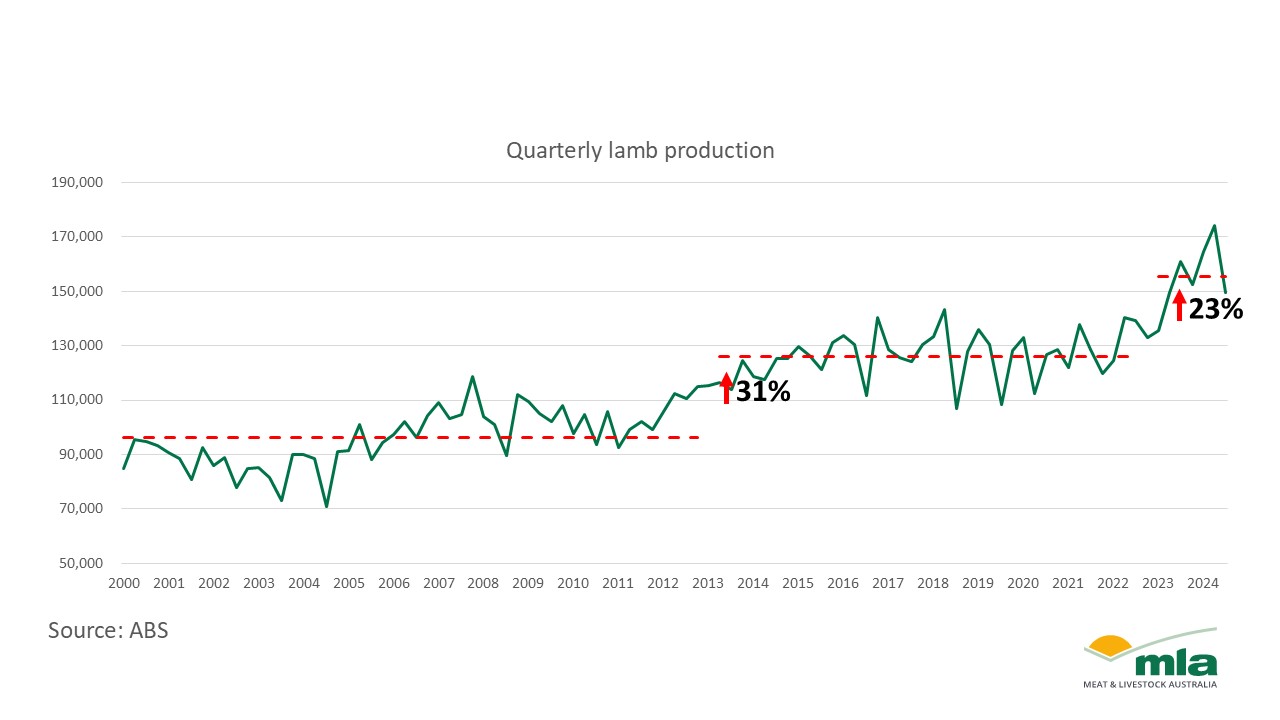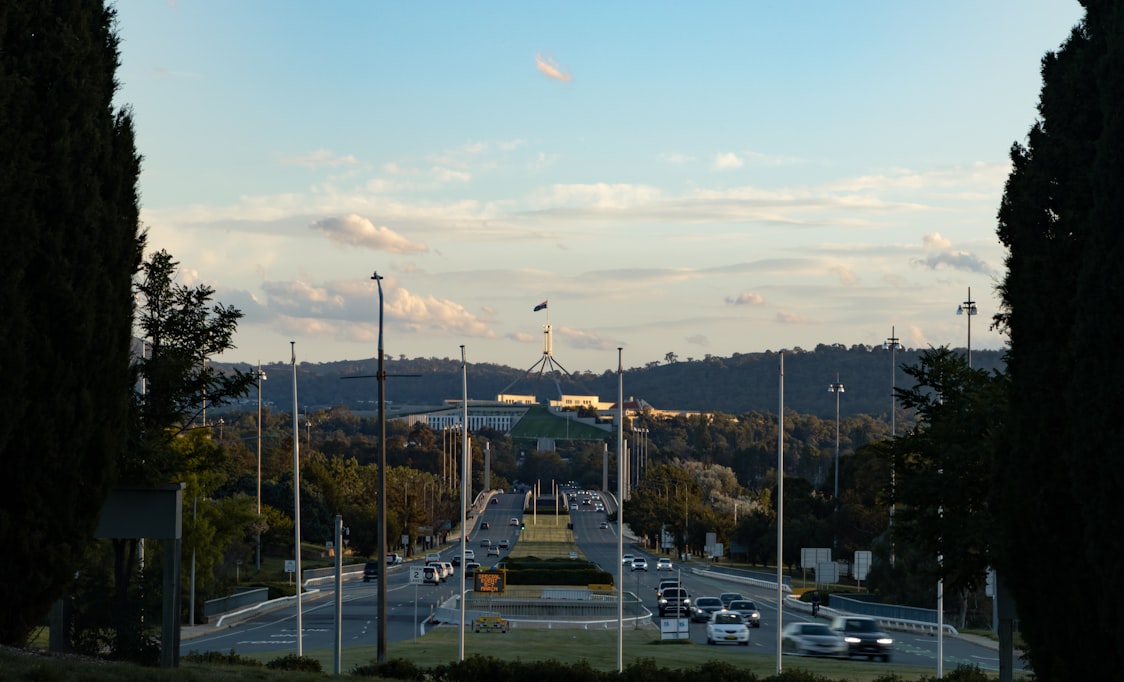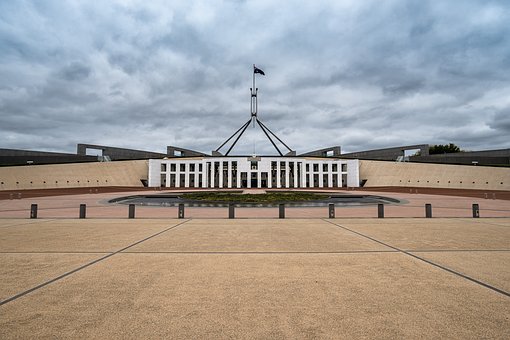Most of Australia has each year.
Authors
- Vaughan Cruickshank
Senior Lecturer in Health and Physical Education, University of Tasmania
- Brendon Hyndman
Associate Dean- Academic (Acting), Charles Sturt University
- Tom Hartley
Lecturer in Health and Physical Education, University of Tasmania
However, when it comes to sport, the Australian calendar has long been dominated by two seasons: cricket and football.
, cricket has been played from October to March when the weather is suitable, and Australian rules football and rugby league from April to September.
But in recent years, a lack of international cricket in Australia after January – coupled with earlier start dates for the AFL and NRL seasons – has resulted in football receiving more local and attention from fans during the summer.
For many Australian cricket fans, the season will be finished once the and conclude in early February.
In , the Australian and cricket teams will play matches overseas and the Australian states will play each other in one-day and four-day games.
However, the reduced media attention and free-to-air TV coverage of cricket in Australia means many sports fans turn their attention to other sports, usually football or rugby league.
But has this always been the case?
Football seasons are getting longer
Cricket has been played in Australia for more than years. While Australian rules football was initially to through the winter, football competitions such as the AFL and NRL have now arguably become more dominant across the sporting calendar.
The 2024 AFL season was the longest in the sport’s . The 2025 season will be exactly the same length, stretching , from March 6 to September 27.
The 2025 NRL season will be even longer. It in Las Vegas on March 2 and doesn’t until the Grand Final on October 5.
The 2025 and seasons will also be the longest ever, finishing as late as November 30.
Football seasons are starting earlier
While an AFL Grand Final in and an NRL Grand Final NSW’s Labour Day in early October are well established, the start of the season has been slowly creeping forward over the decades.
, the AFL season started in late March, 50 years ago it was early April, and 80 years ago it was late April. The first AFL (VFL) season in 1897 started on .
The start of the NRL season has also moved forward over time. The first NRL (NSWRL) season in 1908 started on .
While these historical season start dates did not overlap with the cricket season, that is no longer the case.
This year, the AFL and NRL will have completed three premiership rounds before the final ends the Australian domestic cricket season in late March.
And then there are the and pre-season competitions, with games starting as early as February 7.
Why are football seasons getting longer?
Some of the factors that have contributed to extensions of football seasons :
- the introduction of that all need to play each other
- revenue opportunities for , and clubs, and
- additional mid-season and rest periods.
and players have cited fatigue because of the long seasons. Consequently, some and have advocated for shorter seasons.
However, playing fewer games would likely mean for the AFL and NRL, and for players and clubs.
Adding more teams to the and and extending the and seasons may allow for more flexibility with future season lengths, as football codes can be played of year.
Unless your stadium has an expensive roof, cricket cannot because of the threat of rain.
What does this mean for cricket?
While Australians can still play both cricket and football at junior and community levels, this is no longer possible at representative levels because of the overlap between seasons.
The encroachment of football into traditional cricket months means increased competition for players, often forcing talented young athletes to make a decision about which sport to pursue.
Greater perceived to play at the elite level may convince some players to prioritise football.
For example, the six Australian state cricket teams generally contract each season. In comparison, the 17 NRL teams each have players and the 18 AFL clubs can have in their squads.
Current AFL players such as Stephen Coniglio, Caleb Serong and Brent Daniels all in underage cricket before choosing football. Manly lock and retired star are NRL examples.
Luckily for cricket, current players such as (GWS under-18 captain 2010), (under-18 WA AFL team 2008) and (under-18 Victorian Metro AFL team 2017) are examples of young players choosing cricket after successful underage football careers.
Venue availability and scheduling conflicts
The extended football seasons pose logistical challenges for venues. Iconic stadiums such as the Melbourne Cricket Ground (MCG) and Sydney Cricket Ground (SCG) traditionally host both cricket and football matches and now face increased scheduling pressure with the seasons overlapping.
For instance, in 2024, the only had a turnaround between hosting the AFL Grand Final and the Victoria vs NSW Sheffield Shield match.
Hosting at these increases revenue but also adds to scheduling difficulties.
It all adds up to a difficult juggling act for venues, which will be made even trickier if the football codes creep even further into the traditional cricket season.
Cricket, too, has a battle on its hands to stay relevant to fans, broadcasters, commercial partners and even participants as the AFL and NRL seasons continue to expand.
![]()







